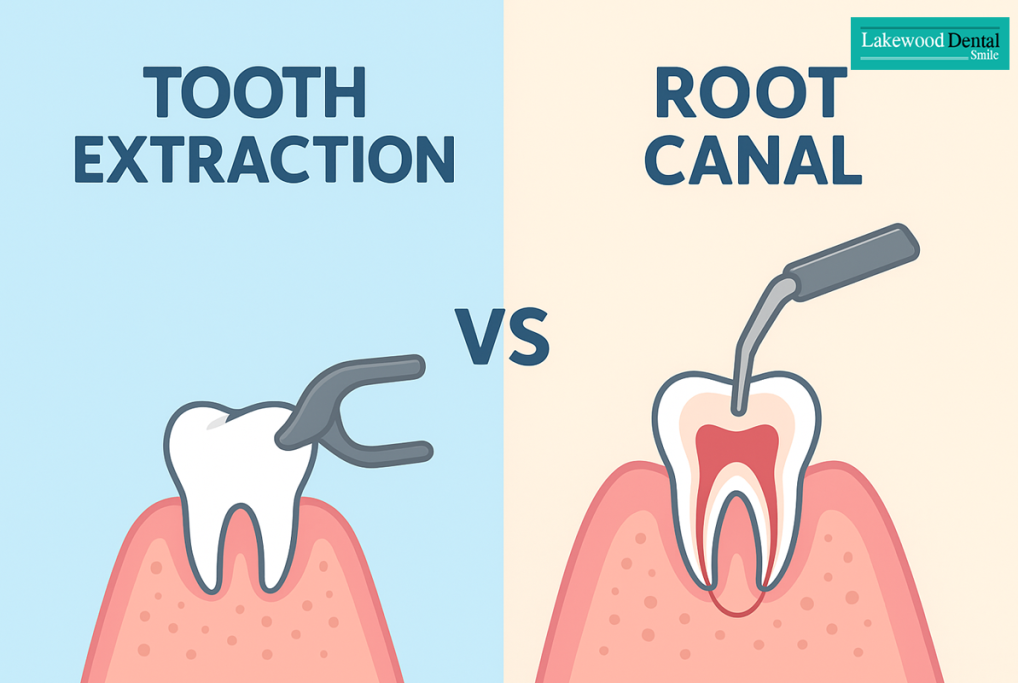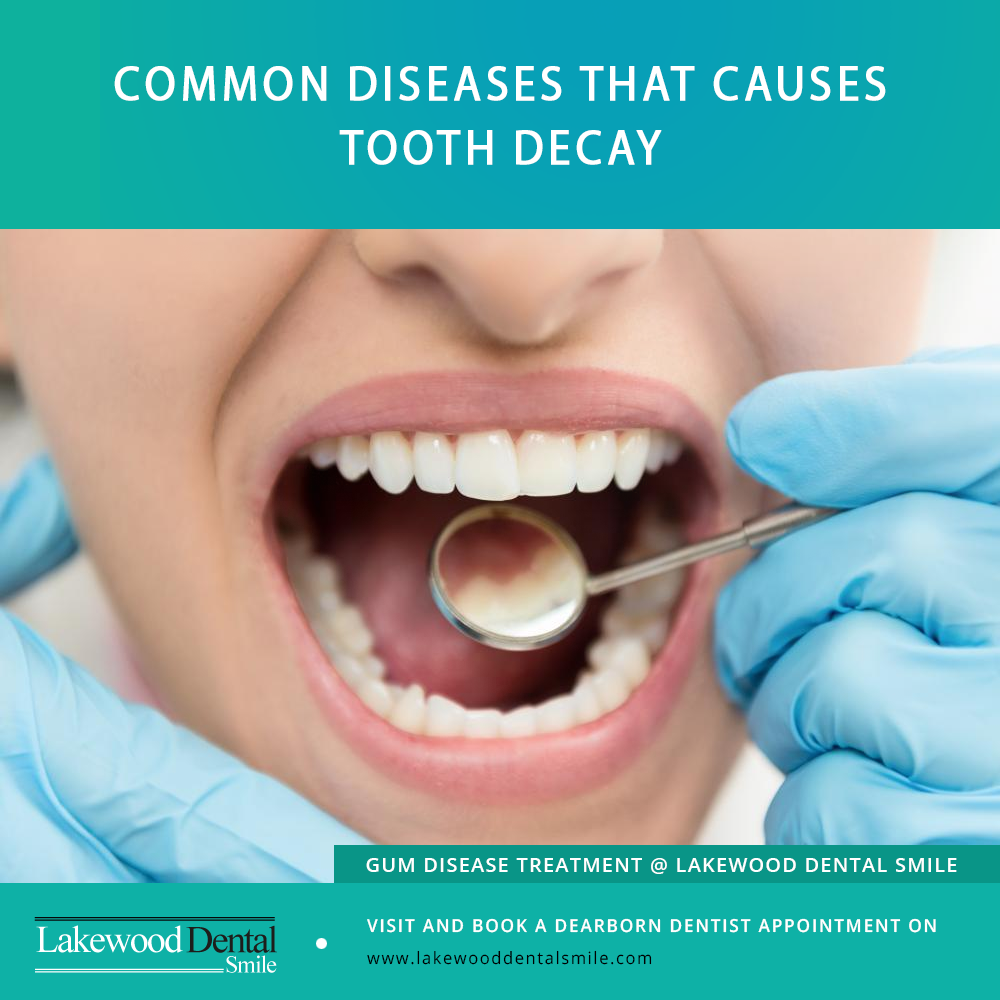
When considering tooth extraction vs root canal, understanding the differences between these treatments can help you make the best choice for your oral health. Both procedures are effective for managing damaged or infected teeth, but each has unique benefits, recovery timelines, and long-term effects. Knowing what to expect will help you feel confident in your decision.
When Is a Root Canal Needed?
A root canal is designed to save your natural tooth whenever possible. It is typically recommended when:
- The tooth is cracked or decayed but still structurally strong enough to remain in place.
- Bacteria have entered the pulp (the soft inner tissue), causing pain, swelling, or infection.
- You have severe toothache or sensitivity due to infection inside the tooth.
By cleaning out the infected pulp and sealing the tooth, a root canal eliminates pain and preserves your natural tooth structure.
When Is a Tooth Extraction Needed?
Sometimes a tooth is too badly damaged to be saved. Extraction is recommended when:
- Most of the tooth structure is destroyed and cannot be restored.
- The tooth has a severe fracture or break that makes repair impossible.
- There is advanced decay or infection beyond what a root canal can treat.
In these cases, removing the tooth helps prevent infection from spreading and relieves ongoing pain.
Procedure Comparison
Root Canal Procedure:
1.The dentist numbs the tooth and surrounding area.
2. A small opening is made in the tooth.
3. The diseased or dead pulp is carefully removed.
4. The pulp chambers are cleaned and disinfected.
5. The empty space is filled with a dental material.
6. A crown may be placed to restore strength and appearance.
This usually takes one or two visits, and modern root canals are far less painful than most people imagine.
Tooth Extraction Procedure
1.The dentist numbs the area around the tooth.
2. An instrument called an elevator loosens the tooth in its socket.
3. The tooth is removed using forceps.
4. Gauze is placed to help control bleeding.
Both procedures are generally comfortable with local anesthesia. Modern dental techniques make root canals far less painful than many people expect.
Benefits of Each Option
Root Canal Benefits:
- Preserves your natural tooth
- Maintains smile and chewing function
- Prevents shifting of adjacent teeth
- Long-term oral health benefits despite slightly higher cost
Extraction Benefits:
- Quick removal of problem tooth
- Less expensive upfront
- Eliminates pain immediately
- May require replacement (bridge, denture, or implant)
Recovery and Aftercare Tips
After Root Canal:
- Maintain good oral hygiene
- Attend regular dental check-ups
- Avoid chewing hard foods until a crown is placed
After Tooth Extraction:
- Follow post-op care instructions from your dentist
- Avoid smoking and acidic foods
- Consider tooth replacement options to maintain bite and function
FAQ: Tooth Extraction vs Root Canal
1. Is a root canal more painful than extraction?
Modern root canals are typically less painful than people imagine, especially with local anesthesia. Extractions may cause pressure but are also comfortable with proper anesthesia.
2. How long does recovery take?
Root canal recovery is usually quick, with minimal discomfort. Extraction recovery may take a few days to a week, depending on the complexity.
3. Can extracted teeth always be replaced?
Yes, extracted teeth can often be replaced with dental implants, bridges, or dentures to restore function and appearance.
Final Takeaway
Both root canals and extractions are effective treatments for damaged or infected teeth. Dentists generally recommend saving the natural tooth with a root canal whenever possible. However, if the tooth is beyond repair, a tooth extraction is the healthiest option. Always consult your dentist, discuss concerns about pain, recovery, or cost, and follow their guidance for the best outcome.
📍 At Lakewood Dental Smile in Dearborn, Michigan, we guide patients through informed choices for root canals, extractions, and long-term oral health.





